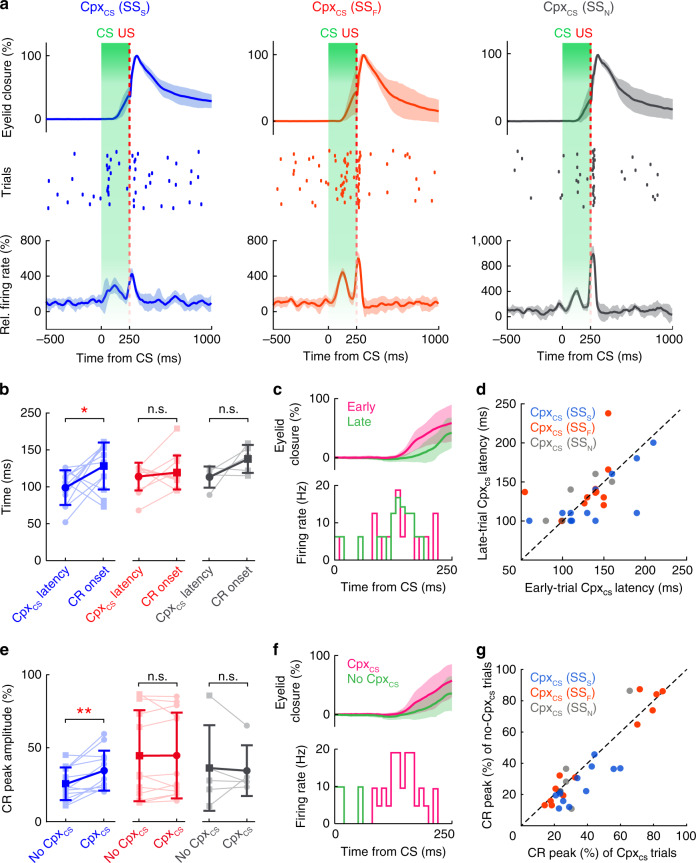Fig. 4. Purkinje cell complex spikes encode CR-related information.
a Complex spike modulation during DEC. PCs with CS-related complex spikes (CpxCS) are color-coded based on their simple spike (SS) modalities: suppression (CpxCS(SSS), blue), facilitation (CpxCS(SSF), red) and no modulation (CpxCS(SSN), gray). Top row: summary of eyelid responses (left to right: n = 30, 32, 41 trials, mean ± SD). Middle row: example complex spike activity (raster plots of spike events) during DEC, and bottom row shows average CpxCS activity of each PC population (left to right: n = 12, n = 12, n = 5 neurons, mean ± s.e.m.). b Comparison between the timing of CpxCS (CpxCS latency) and the CR onset. Only PCs with simple spike suppression showed an earlier occurrence of CpxCS than CR onset (mean ± SD, paired two-sided t test, left to right: n = 12, 12, and 5, P = 0.04, 0.51, and 0.14). c Comparison of CpxCS latency in trials divided into early (n = 16 trials, 147.4 ± 23.6 ms, mean ± SD) and late trials (n = 16 trials, 196.8 ± 21.2 ms, mean ± SD) based on CR onset. Example recording of CpxCS during the CS–US interval (firing rate PSTH, c, bottom) in the early and late CR trials (c, top). d Population summary showing no difference in CpxCS latency between early and late trials in any category of PCs (paired two-sided t test, P = 0.39). e Comparison of CR peak amplitudes in trials with and without CpxCS. The occurrence of CpxCS in the PCs with simple spike suppression predicts a larger CR amplitude (mean ± SD, paired two-sided t test, left to right: n = 12, 12, and 5, P = 0.005, 0.94, and 0.80). f Example traces of CRs (top, n = 21 trials for pink trace, n = 10 trials for green trace, mean ± SD) with or without CpxCS (firing rate PSTH, bottom). CpxCS is defined as the complex spikes that occur within 50–250 ms following CS onset. Correlation of CpxCS occurrence and CR peak amplitude for three categories of Purkinje cells is summarized in (g). PCs with simple spike suppression (CpxCS(SSs), blue) reside below the diagonal line.

